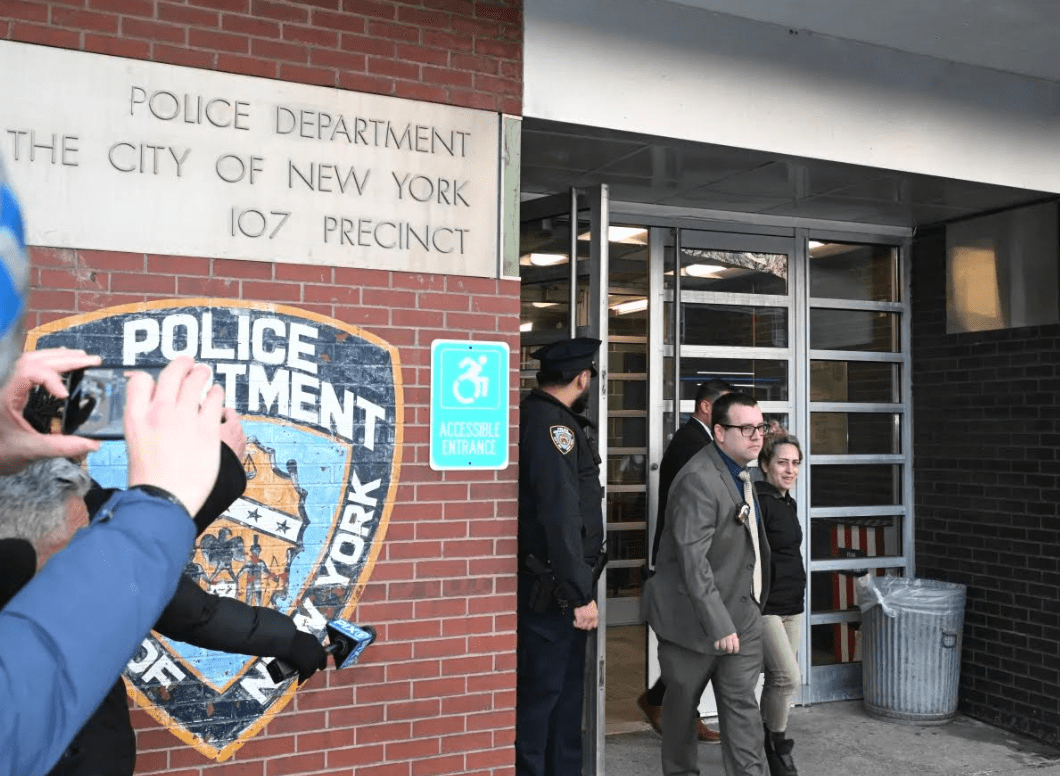By Elizabeth O’Brien
Environmental Protection Agency officials say they are almost ready to release their findings on the post-9/11 toxin tests the agency conducted in 263 Lower Manhattan apartments. Data will include geographic information on tested apartments but will not reveal building or apartment numbers, agency officials said last week.
The detailed wipe tests were concluded by early August, according to E.P.A. spokesperson Mary Mears. Agency officials have said they did not release the data for several months because they were determining the best way present results in a meaningful way that did not compromise the privacy of residents whose apartments received testing for contaminants including metals and dioxin. Bonnie Bellow, another E.P.A. spokesperson, said the results should be out in a few weeks, although she did not have an exact date.
Scientists and community members have argued that they need specific information such as addresses to help them put the data in context and to warn residents in neighboring apartments who did not participate in the E.P.A. cleanup problem. Many factors could affect the amount of contamination a residence sustained as a result of the World Trade Center collapse, including its location and whether the windows were open at the time. In addition, a building’s age could influence the presence of lead, one of the toxins tested for by E.P.A. contractors.
“Data such as this, if it were presented in an understandable and usable format, would be very valuable both for people affected by contaminants in their building and with regard to public health issues,” said Dave Newman, an industrial hygienist with the New York Committee for Occupational Safety and Health.
Newman and others criticized the way the E.P.A. presented a portion of its wipe test results at a health forum two weeks ago. An official presented the results in terms of samples taken, instead of apartments tested. Community members said it was hard to determine what it meant when the official said that 13.5 percent of 675 pre-cleaning samples taken in 214 apartments had elevated levels of lead.
E.P.A. toxicologist Dr. Mark Maddaloni admitted in a telephone interview that such presentation was “less than ideal.” Maddaloni said he expected that Downtowners would be pleased with the way the E.P.A. presents the full results.
Jo Polett, a resident of 105 Duane St. whose apartment was found to have pre-cleaning lead levels of five times the E.P.A. standard, said that she was disappointed the E.P.A. would not present specific building information. She received the results from all the wipe tests taken in her building, but they were broken down by samples taken, not apartments tested.
“I’ve got this information—what do I do with it?” Polett asked, adding that without locations it was hard for experts to help her interpret the charts.
The E.P.A.’s Bellow stressed that the agency never reveals personal information about those who have had their residences evaluated by the agency.
“We are not approaching this differently than we are anywhere around the country when we have contaminants in people’s homes,” Bellow said.
Reader Services


































